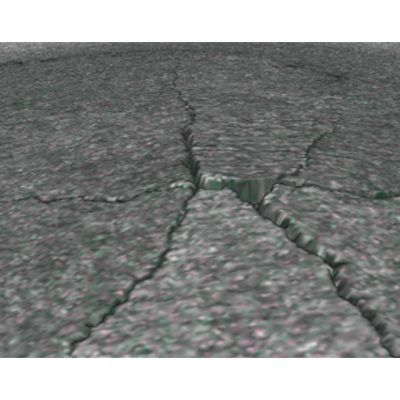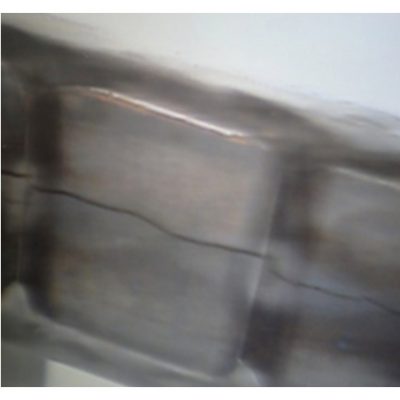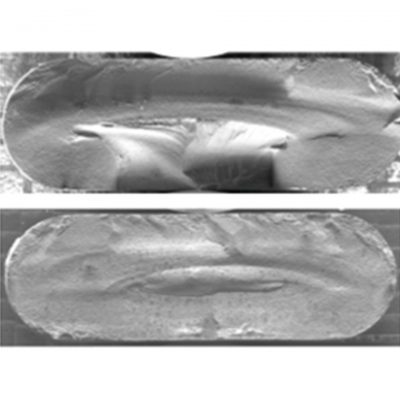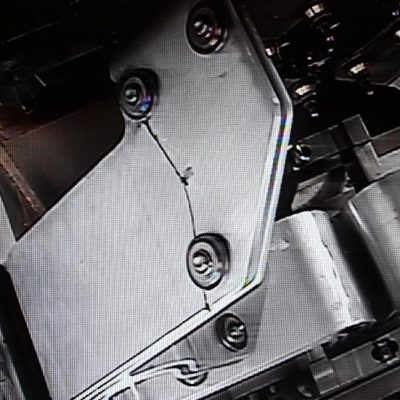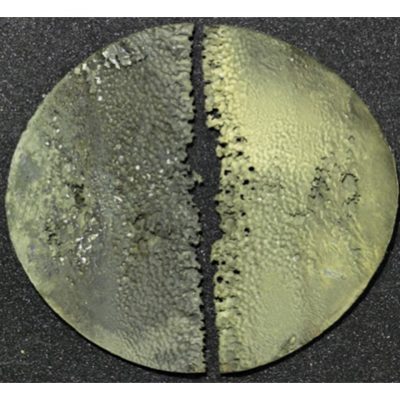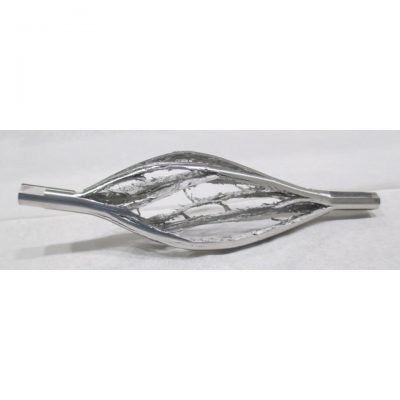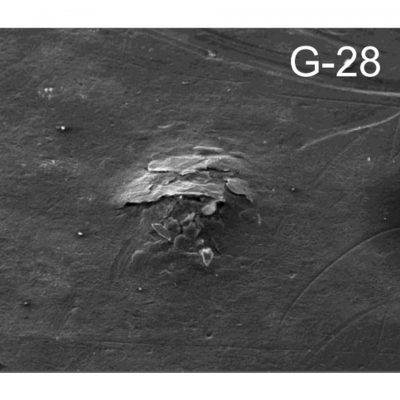The RaDIATE collaboration’s current activities include the following.
- Post-irradiation examination of materials taken from existing beamlines, such as Fermilab’s NuMI primary beam window
- New irradiations of candidate target materials at low-and high-energy beam facilities
- Thermal shock experiments utilizing high-intensity proton beam pulses available at the HiRadMat facility at CERN
High-power targetry challenges
High-cycle thermal stresses, pressures and shocks are common when a target is a rotating device or when it must endure a high-power pulsed beam.
Most of the time, the increased beam power results in mechanical and thermal property degradation during irradiation due to corrosion and radiation damage. This can eventually lead to material failure and drastically reduce the lifetimes of targets and beam-intercepting devices.
R&D program plan
The collaborative program is currently sequenced into the following three overlapping stages.
- Exploration and development
- Review existing radiation damage literature and data, including past target facility experience, and synergize current radiation damage research for correlating high-energy proton accelerator irradiation with alternative beams (e.g., neutron, proton, heavy ions and electron)
- Identify further experimental work that’s feasible with existing facilities
- Identify overlapping, in-development proposals, such as post-irradiation examination (PIE) capabilities, that could be influenced or expanded to meet future requirements
- Recognize research areas based on effectiveness
- Research activities
- Develop detailed research proposals and new irradiation plans, along with coordinating simulation and optimization of irradiation parameters, to be conducted at suitable facilities
- Establish protocols for transporting, storing and preparing PIE samples
- Perform PIE and other activities to satisfy research program goals
- Techniques to be used are dependent upon the specific research projects chosen in stage 1 and the evolving needs of the projects as they progress
- Participating RaDIATE institutes exhibiting unique and overlapping capabilities are to be utilized for efficient PIE activities
- Perform data analysis, computations and simulations to understand and develop a model of material response to high-energy proton radiation damage
- Results reporting
- Report current research results at least every six months at conferences, workshops and annual meetings
- Provide consultation and expert advice to the proton-accelerator community on irradiated materials issues
- Pave the way for productive future research by publishing the results of research activities in relevant scholarly journals and publications
